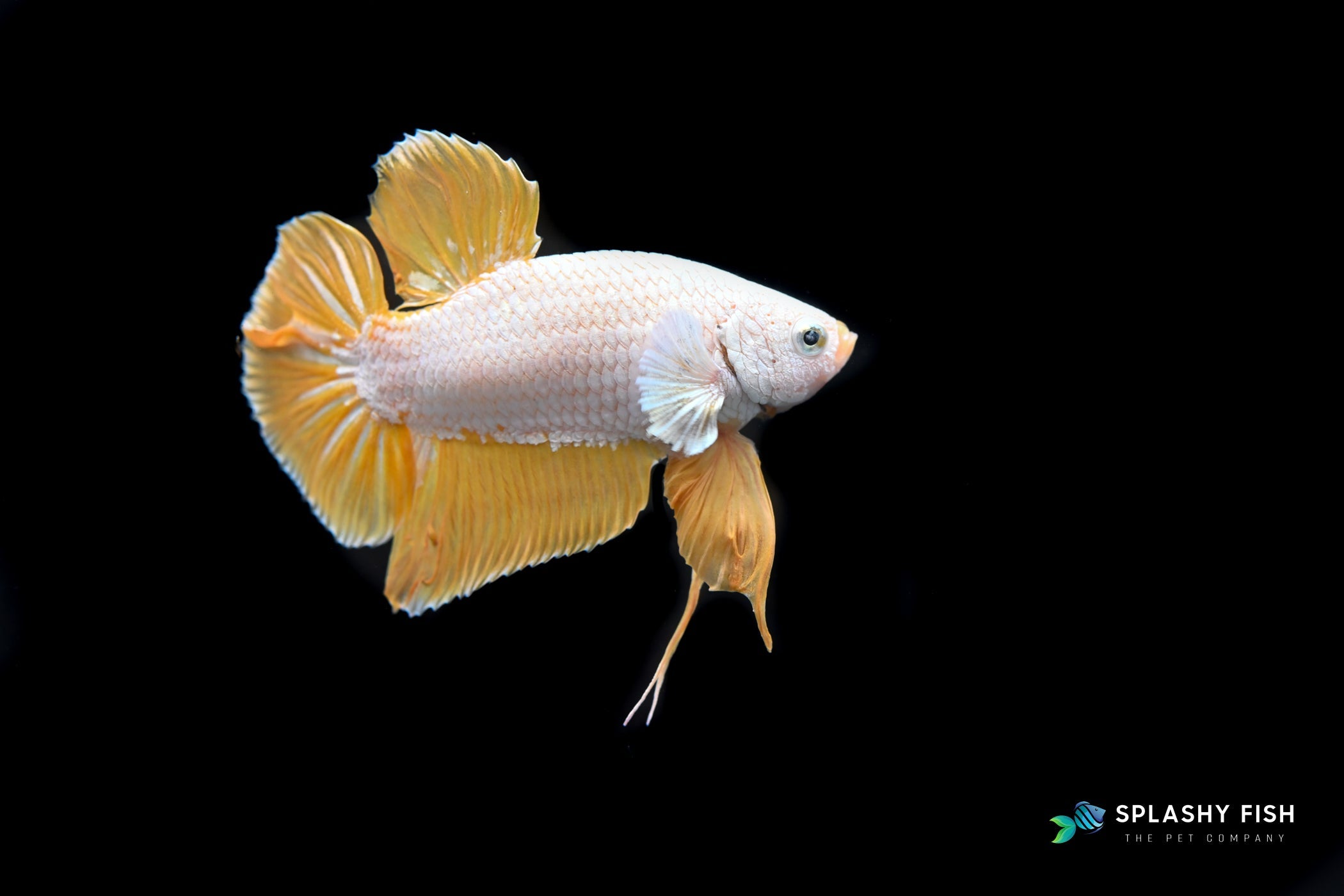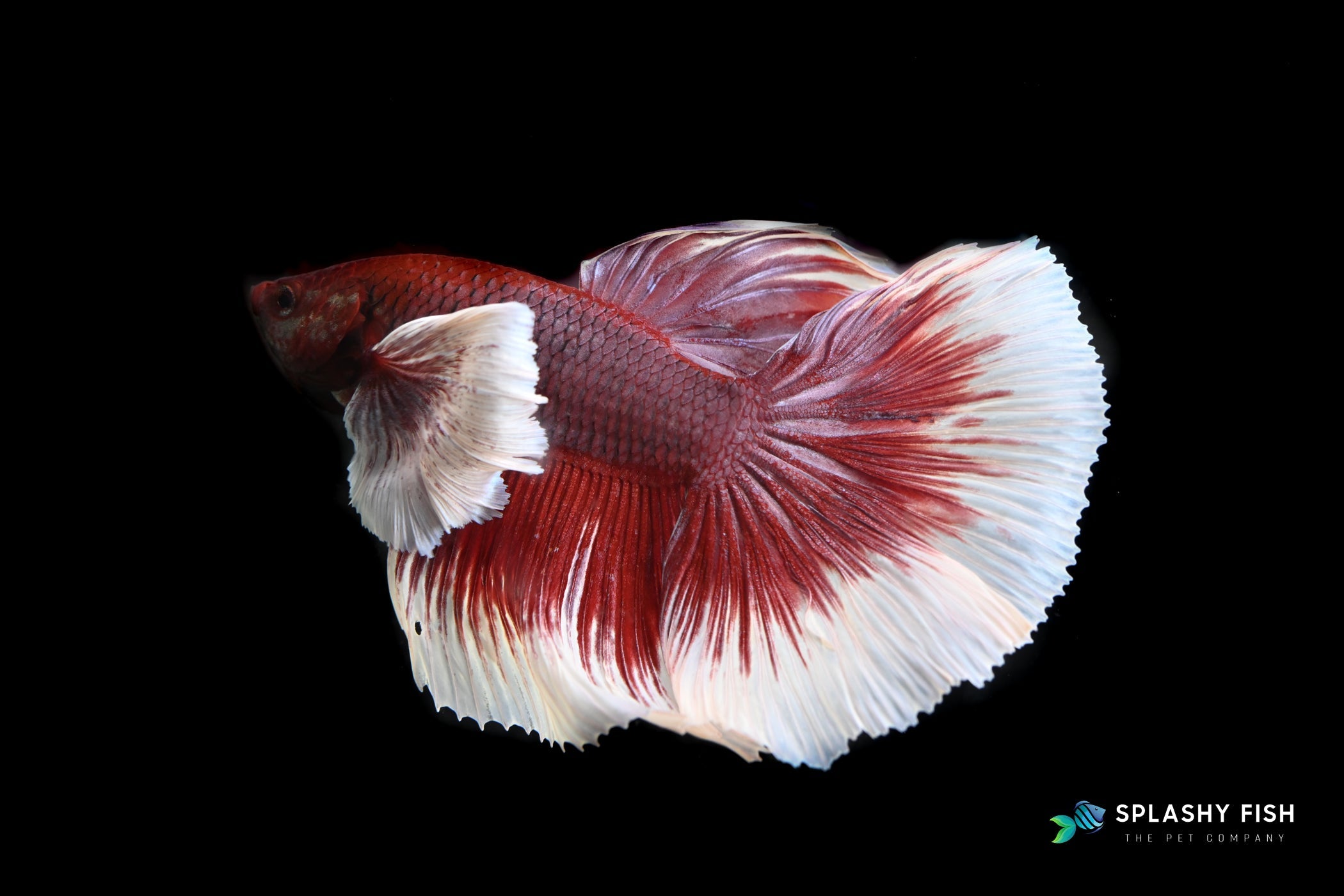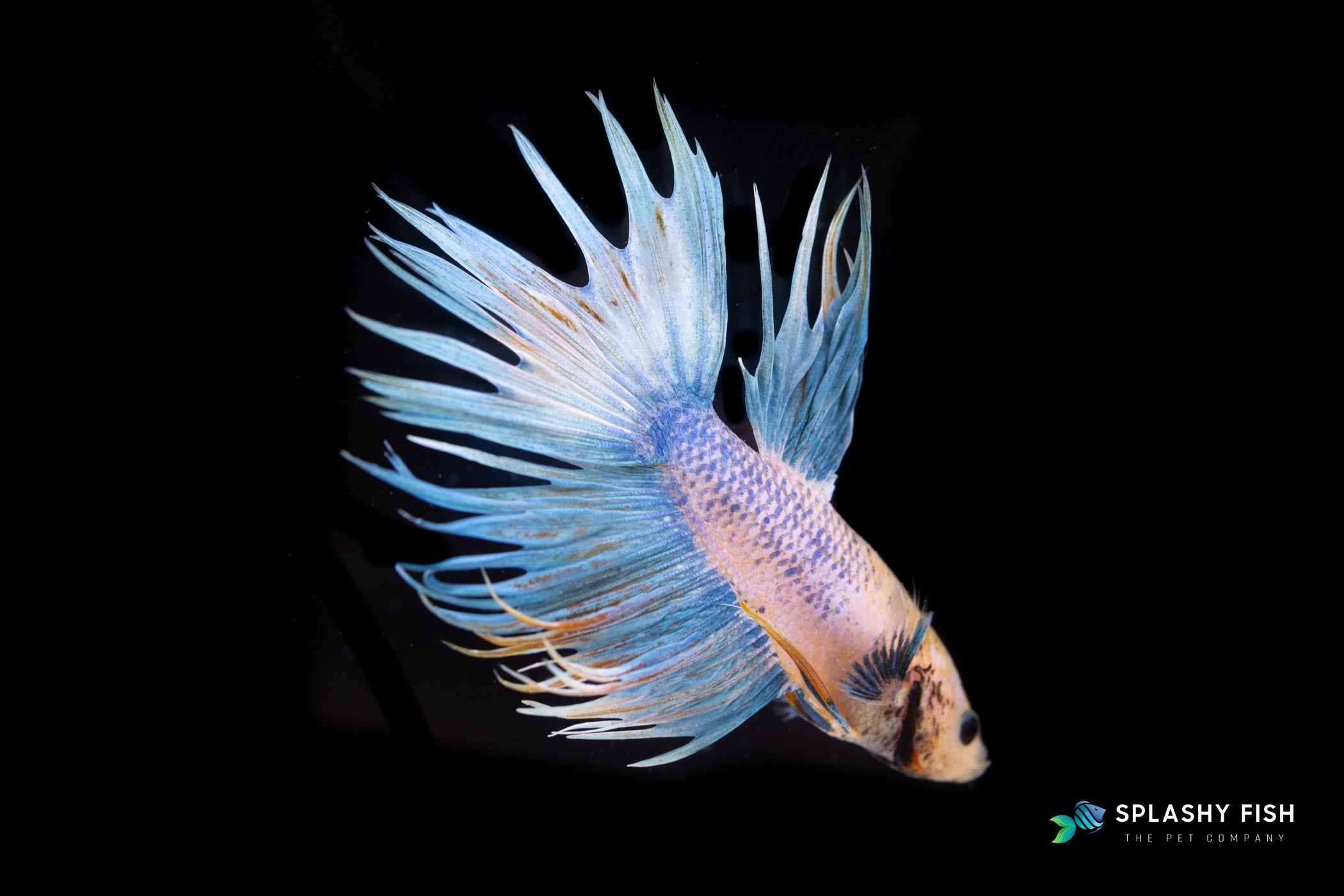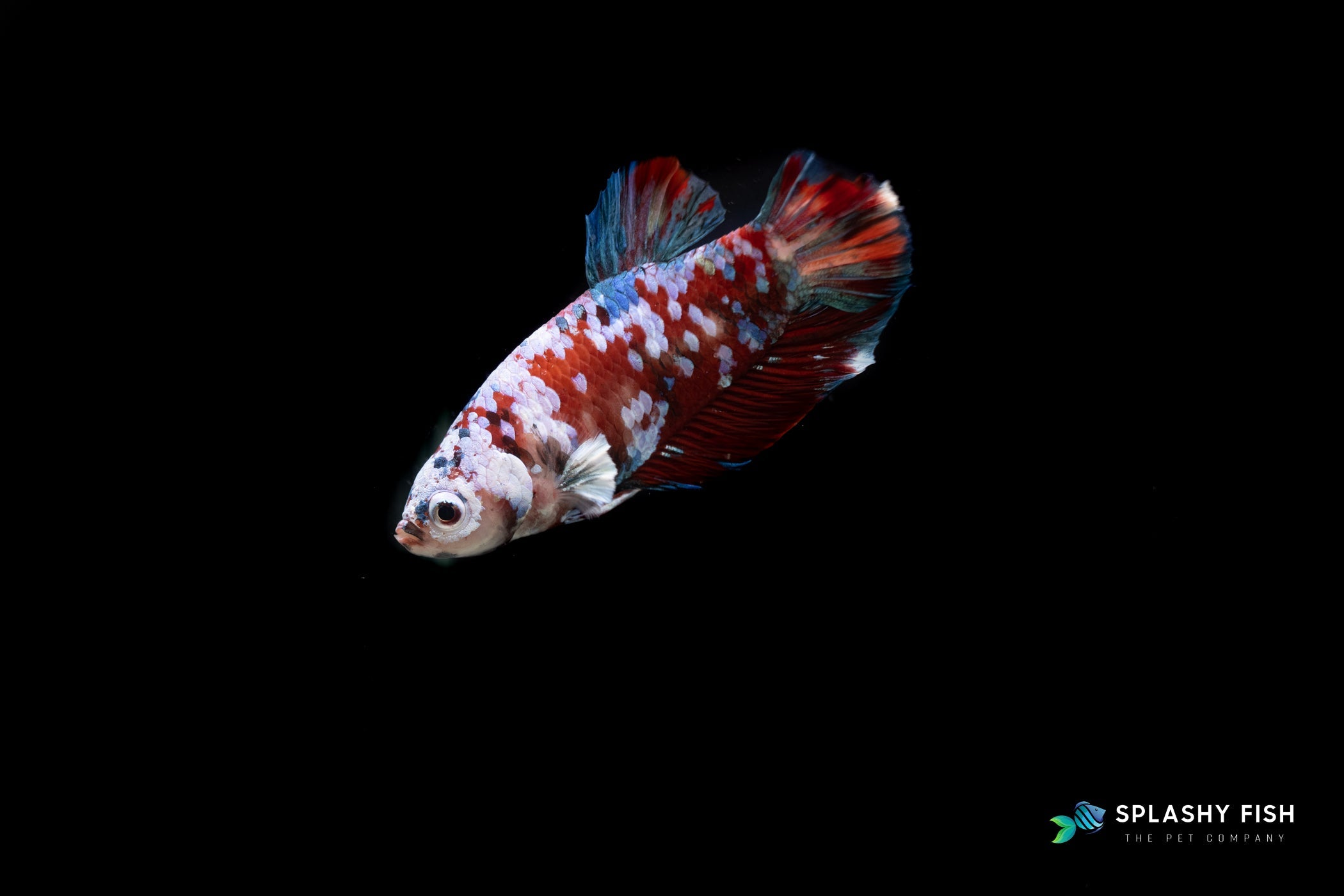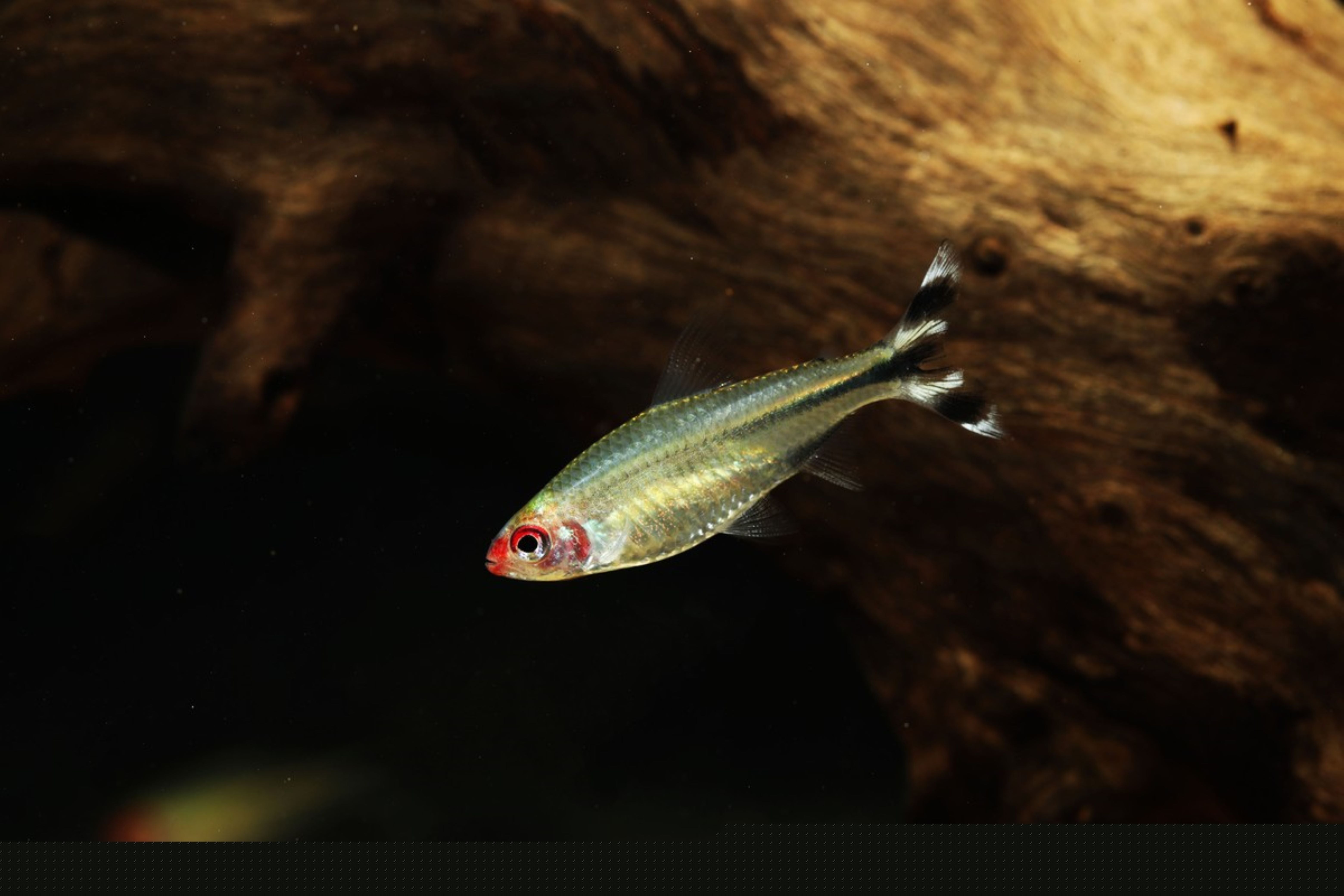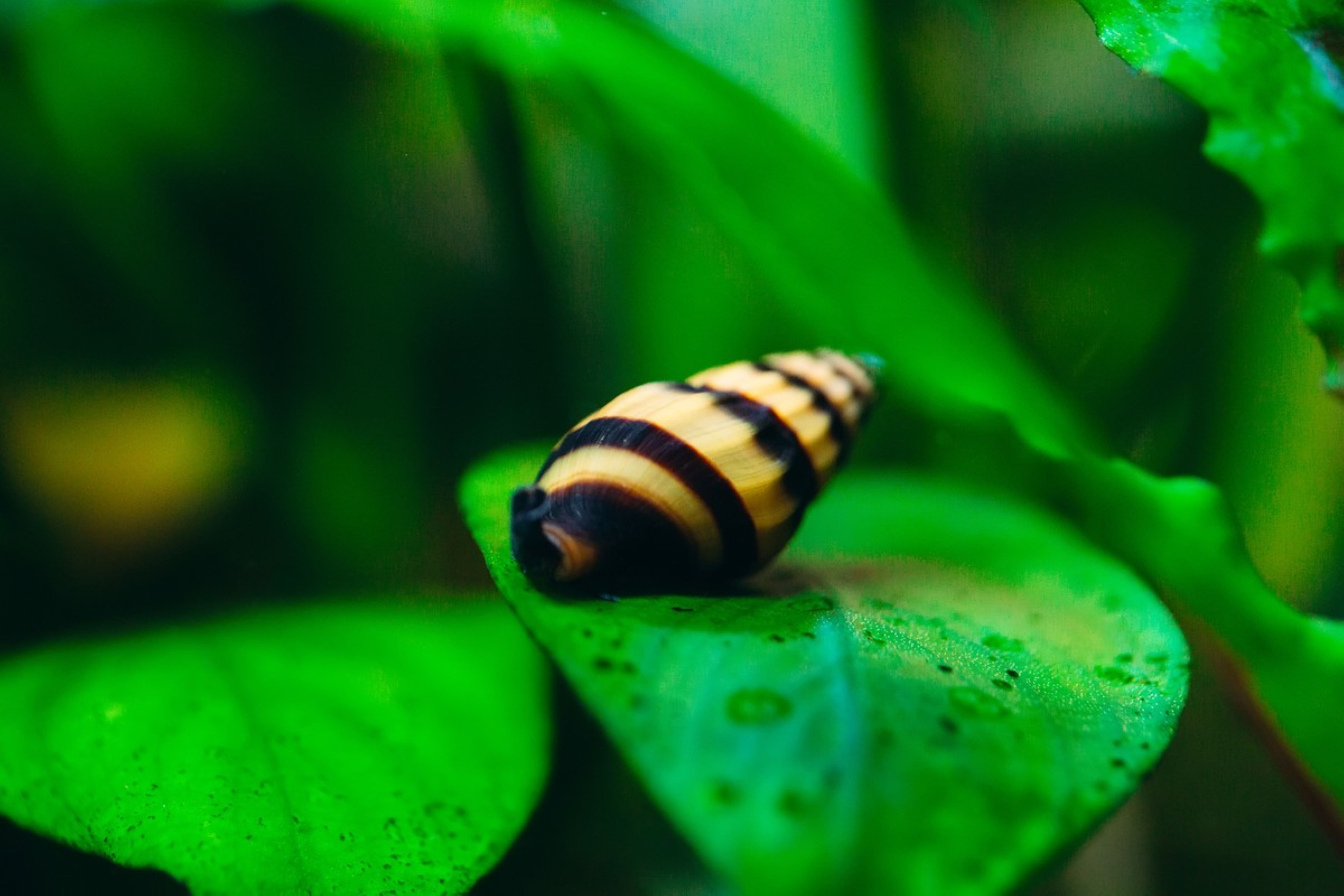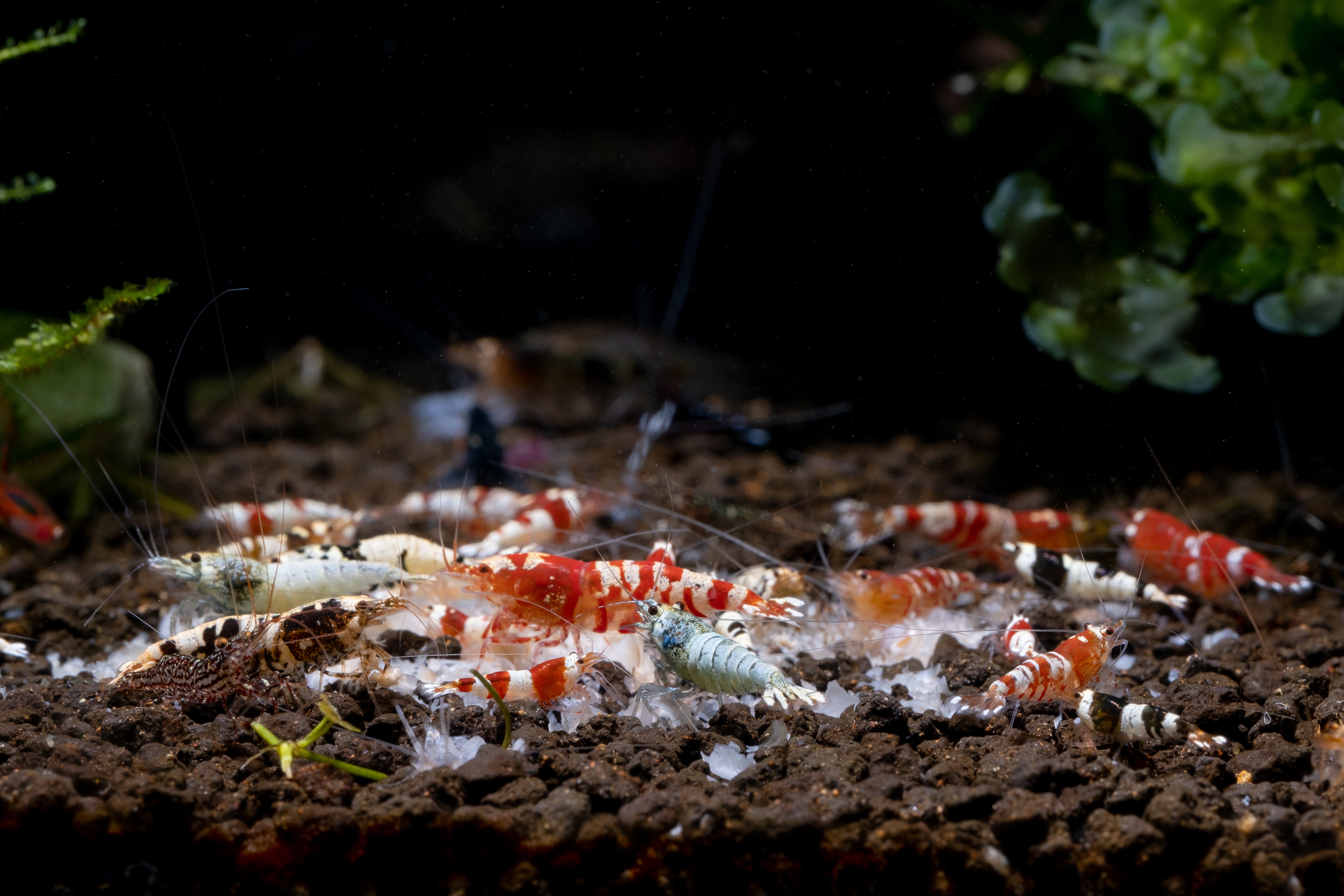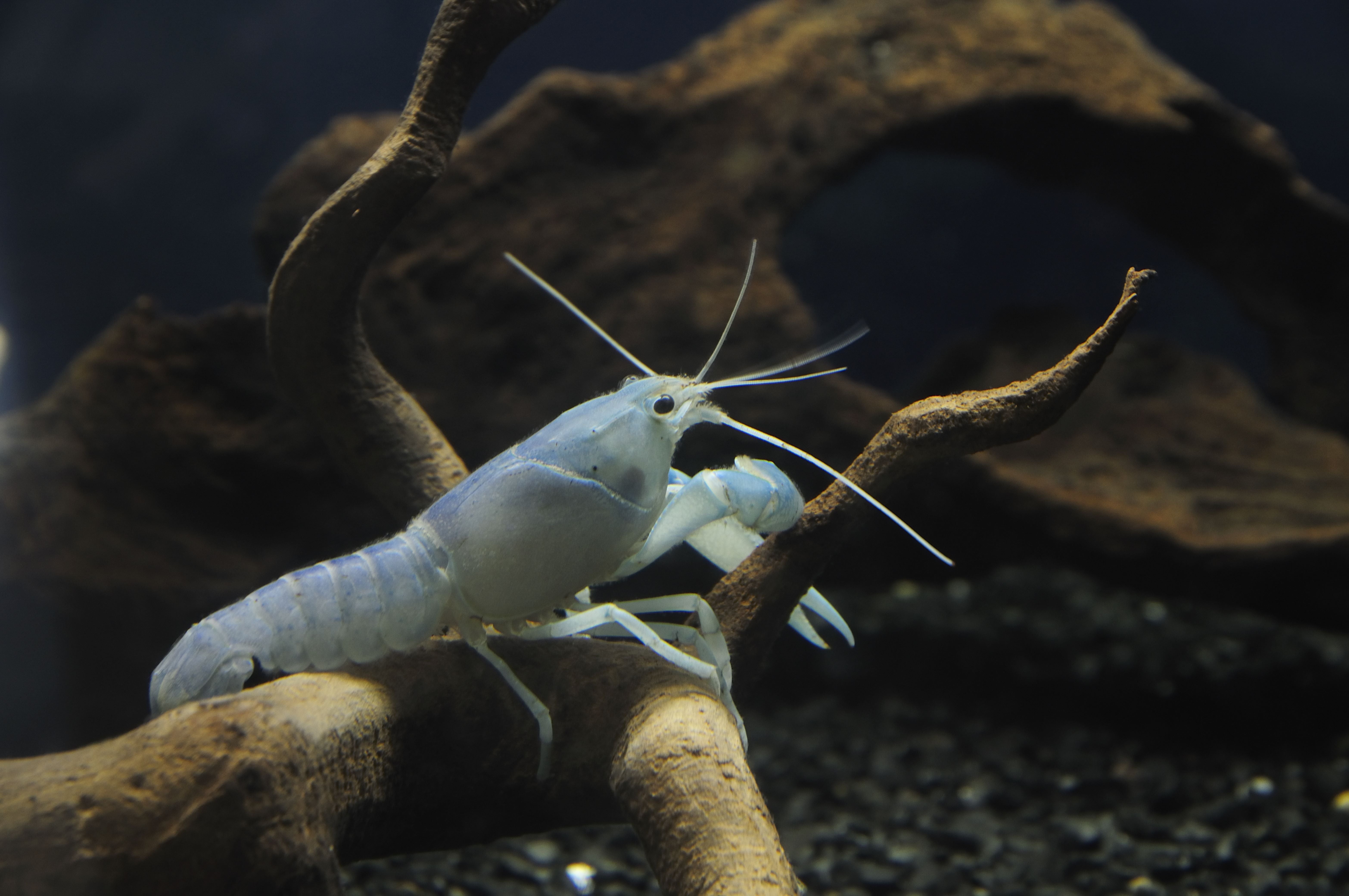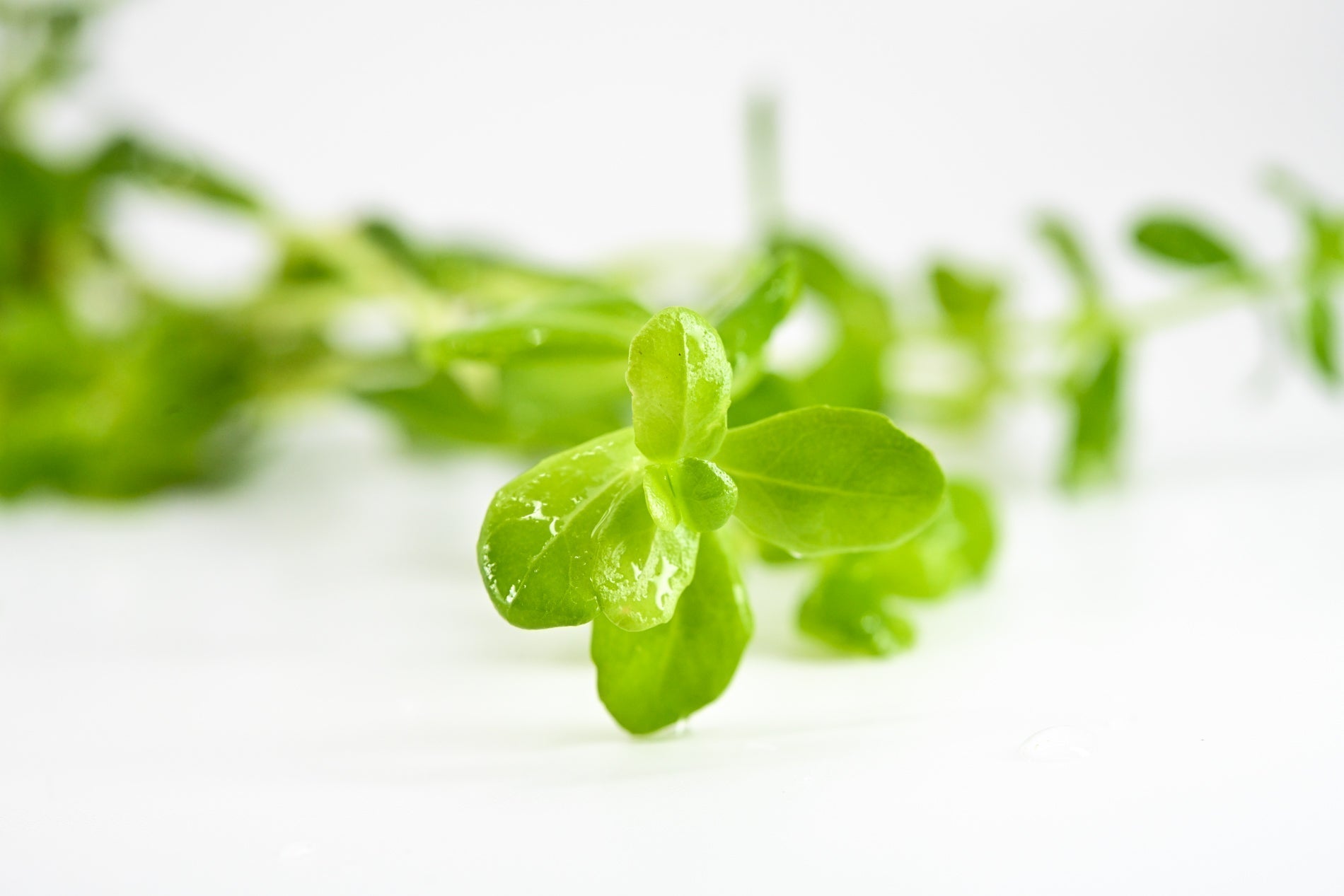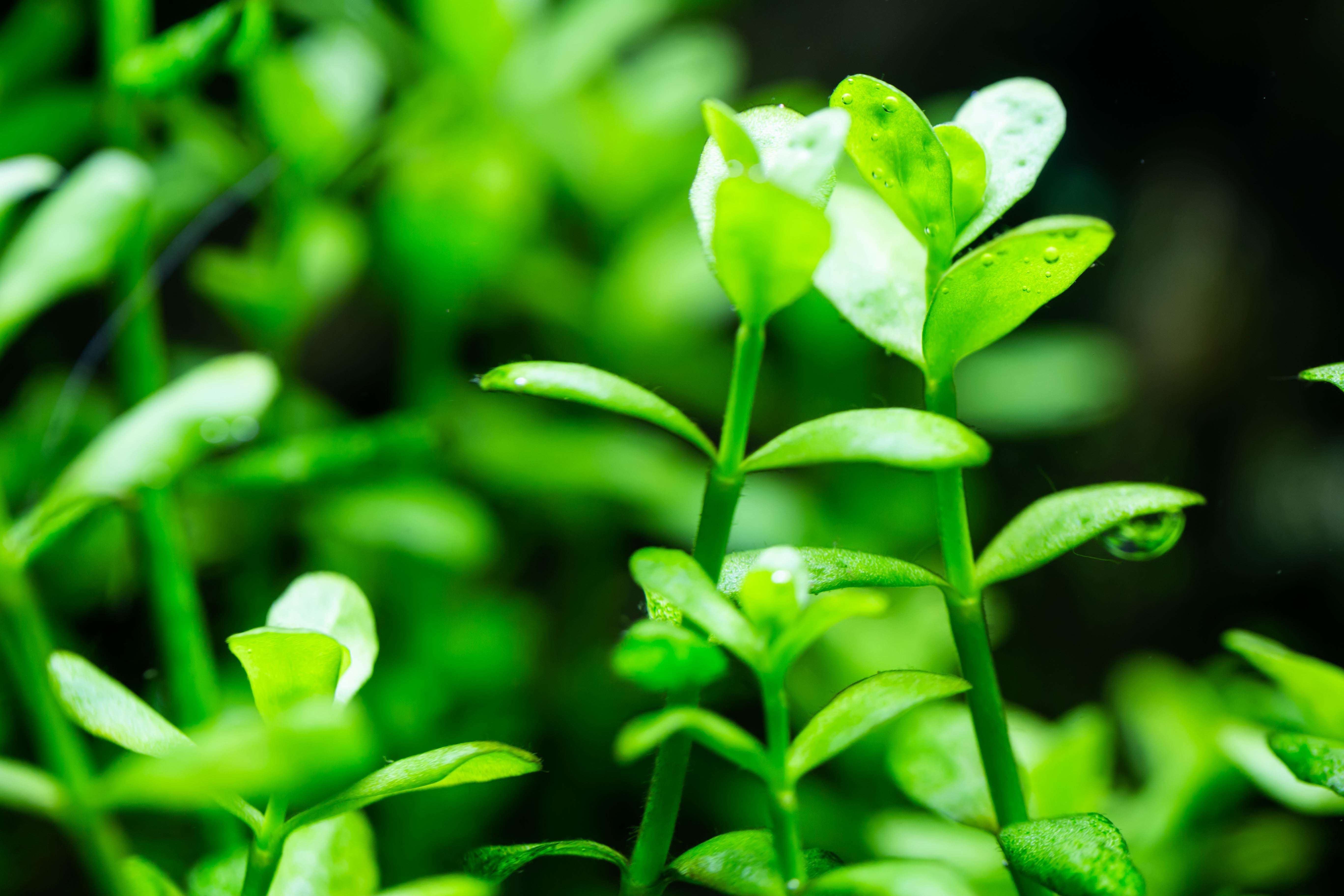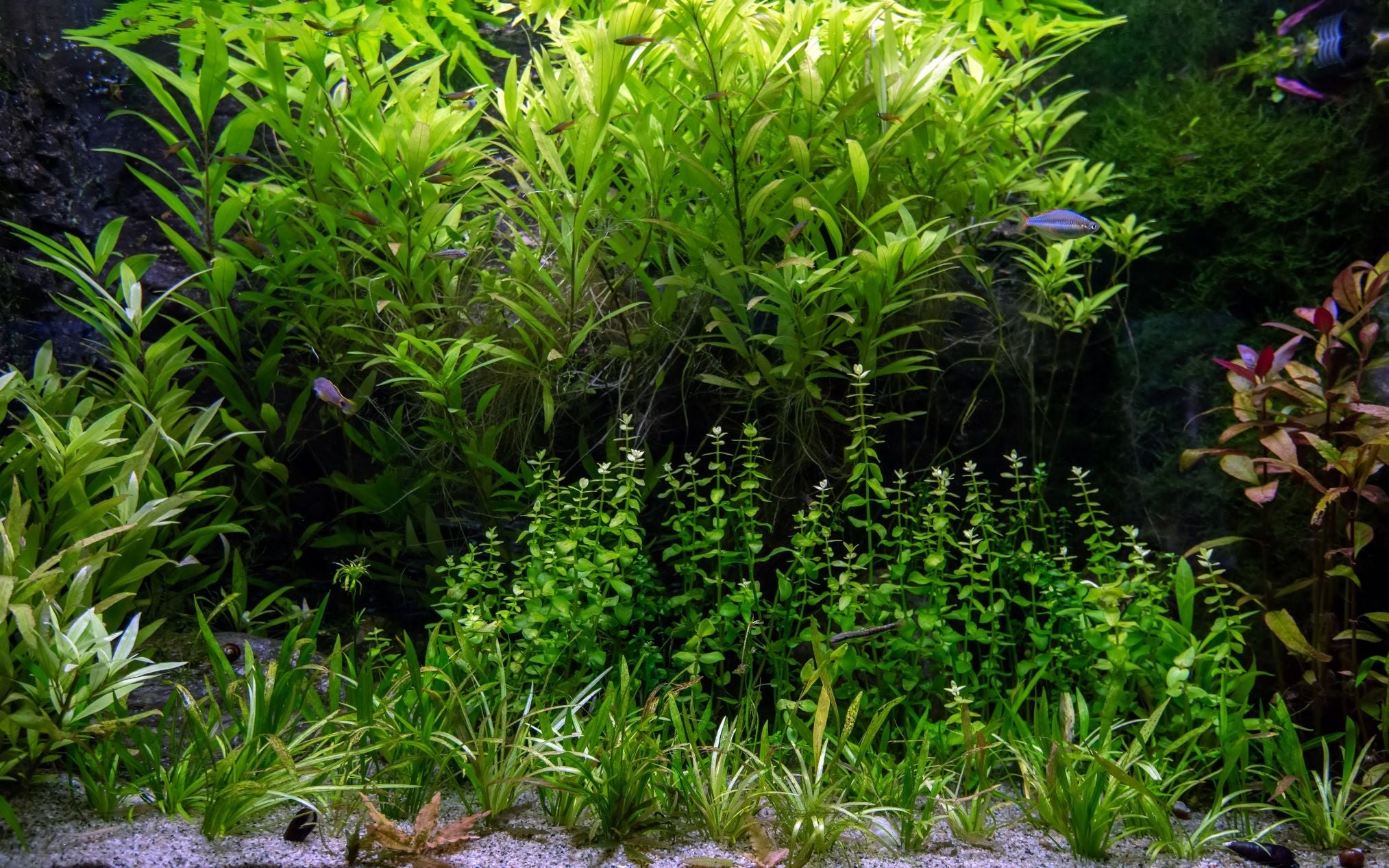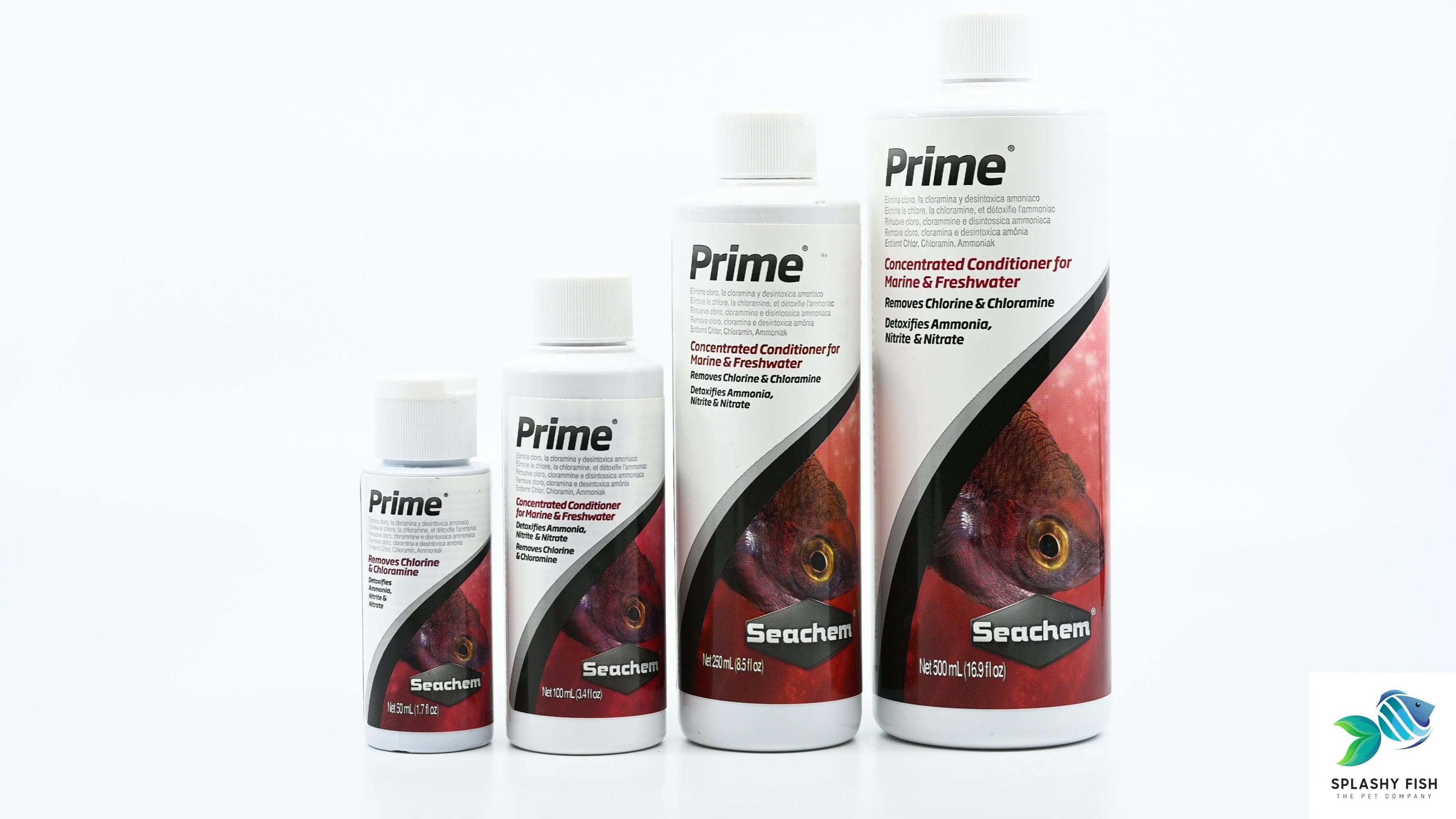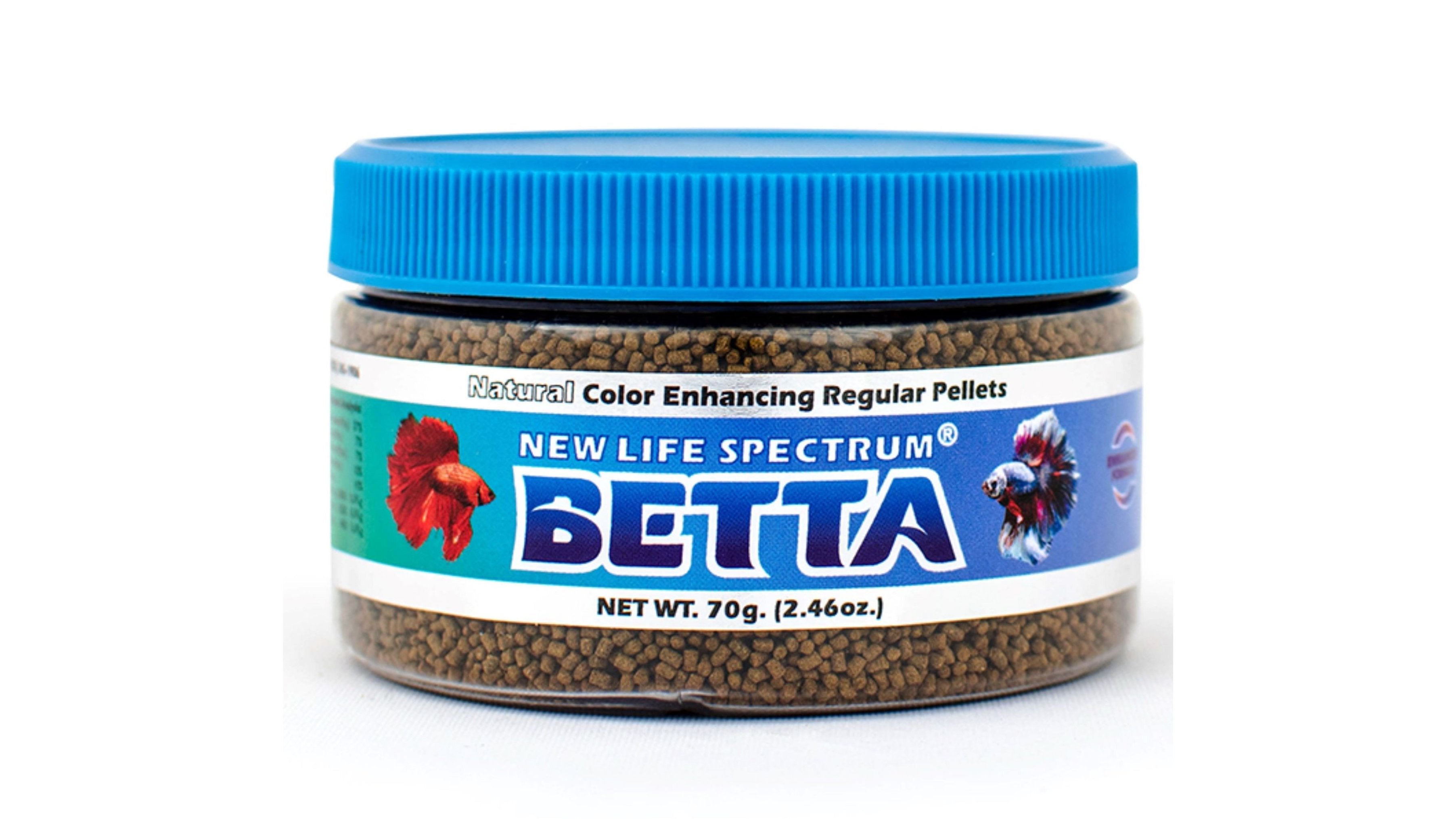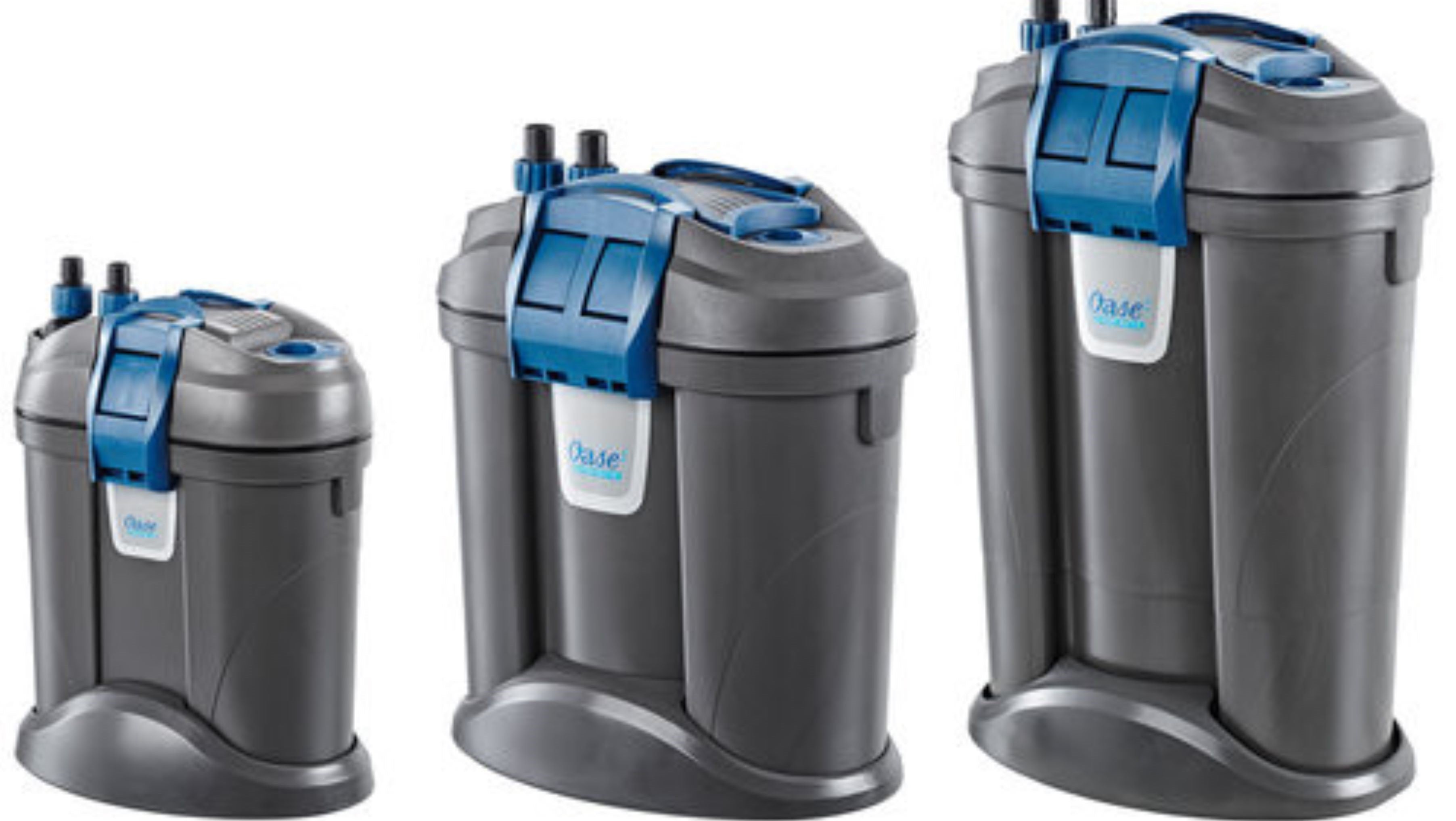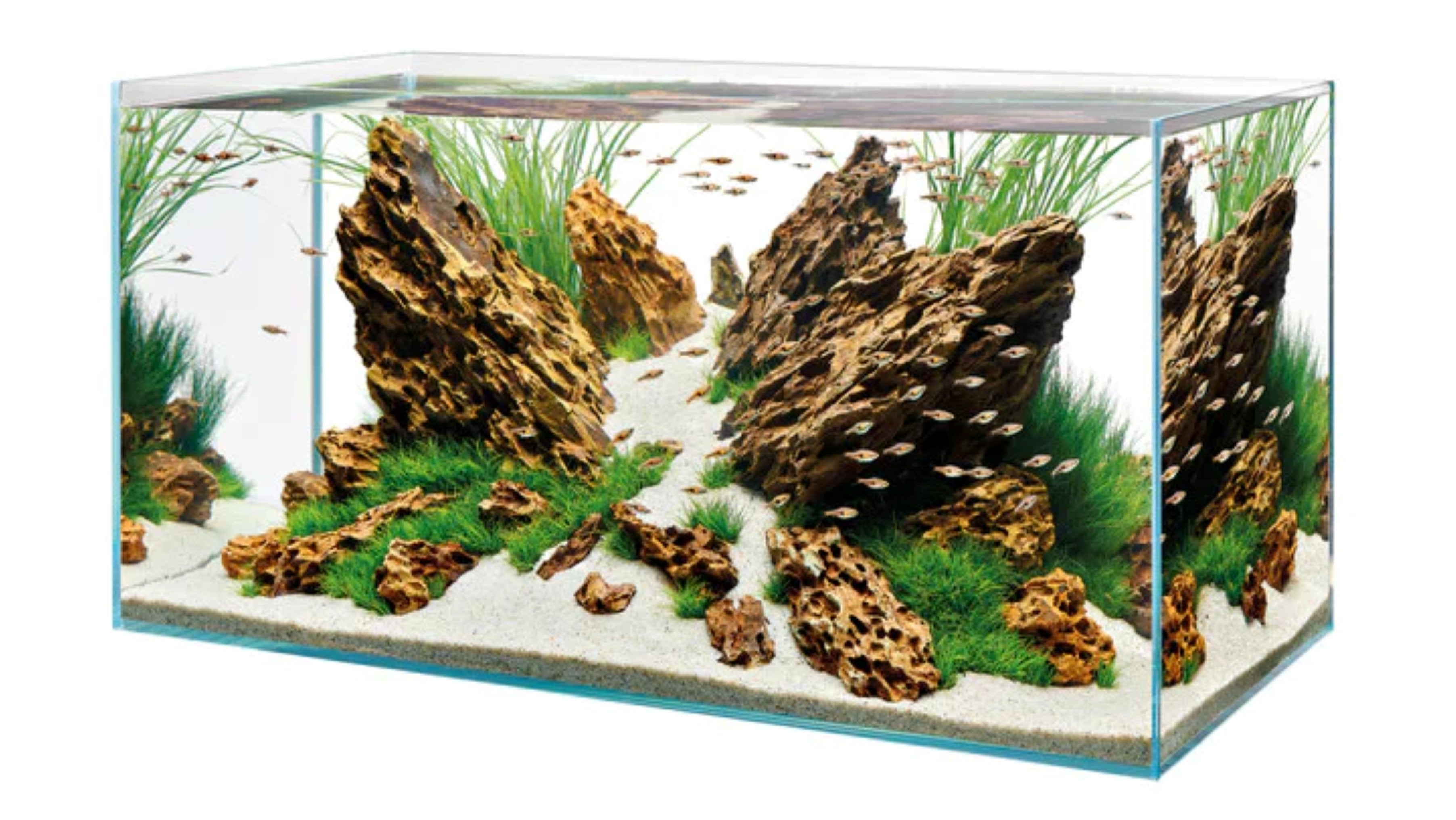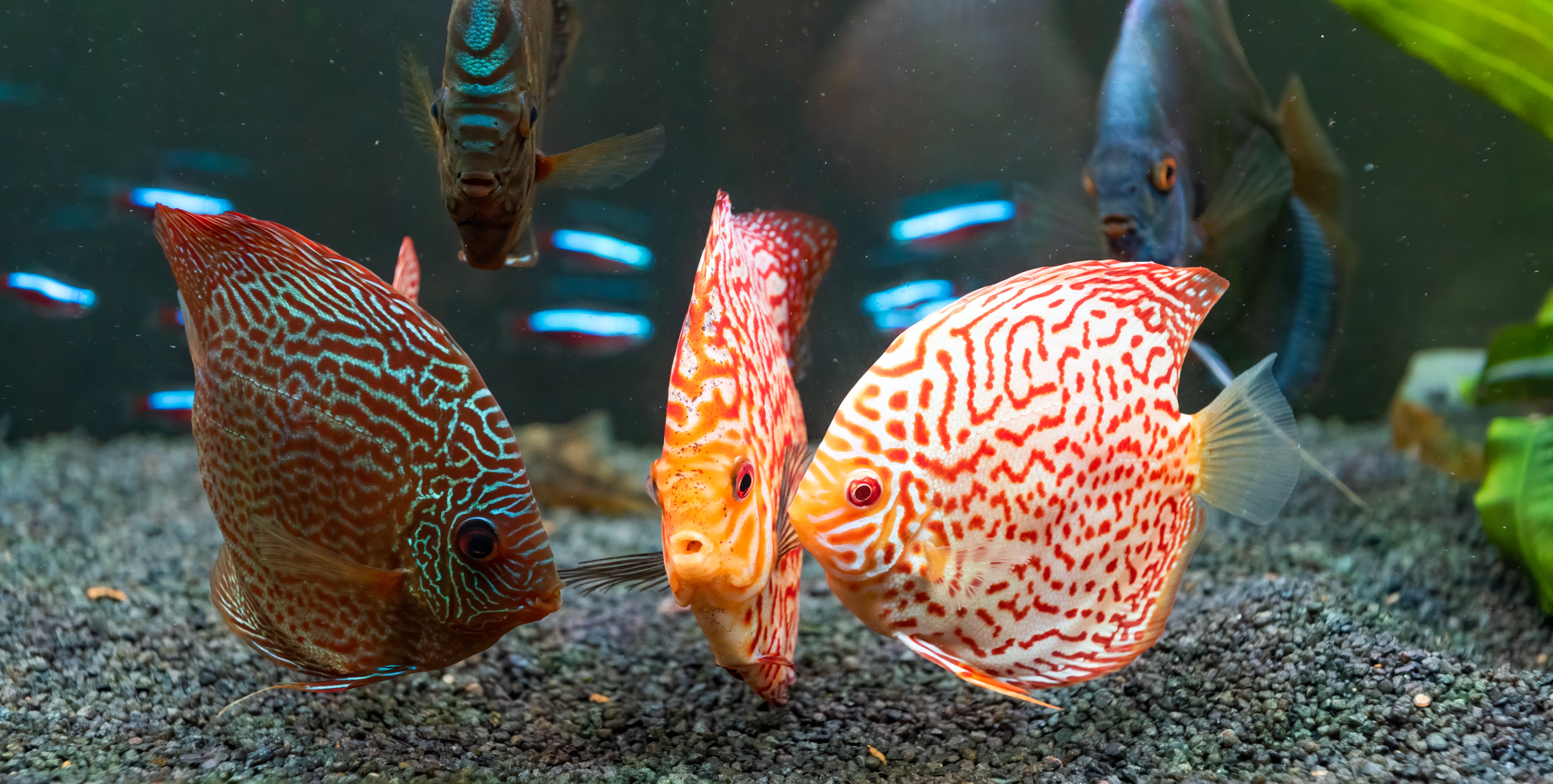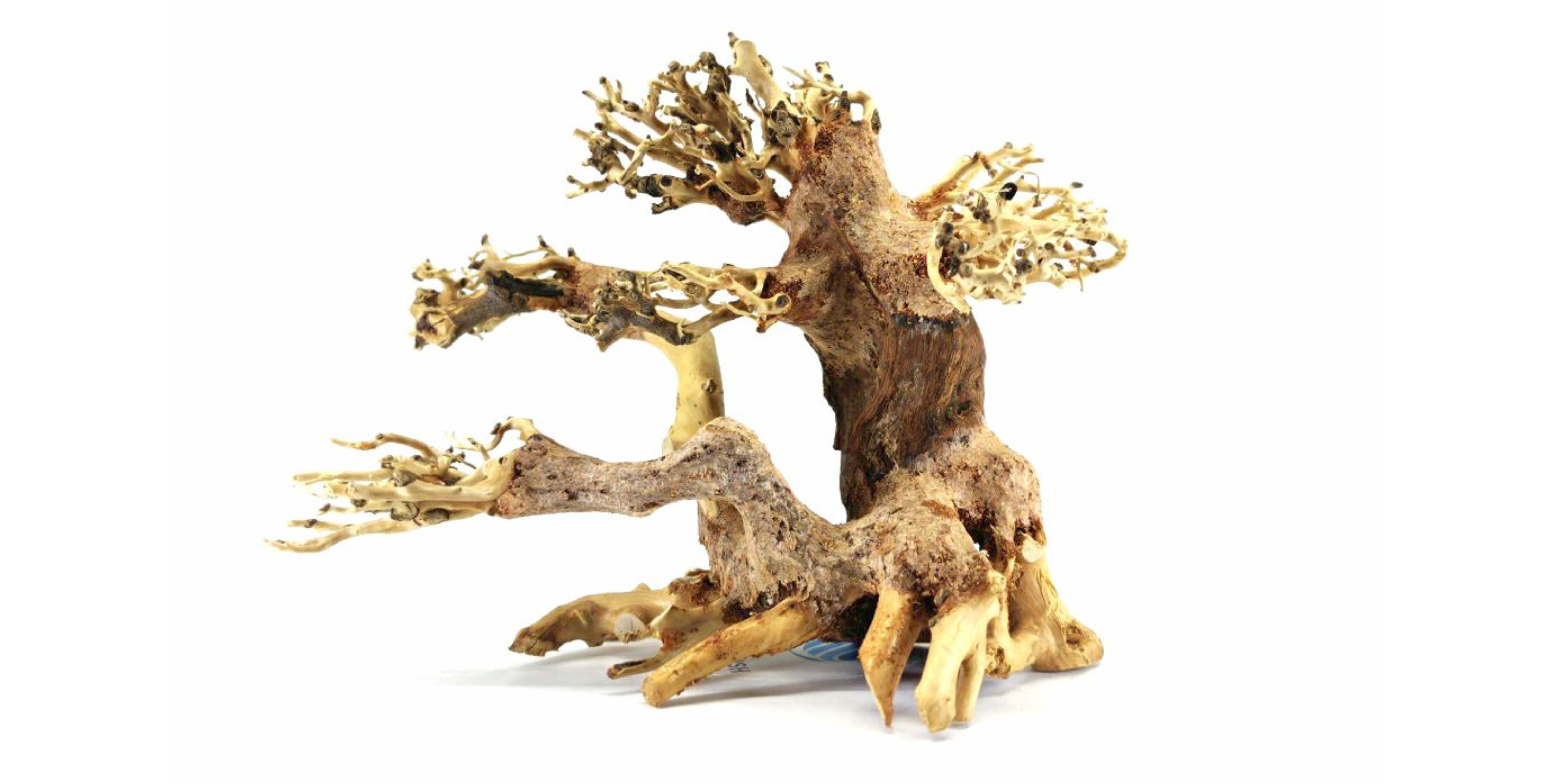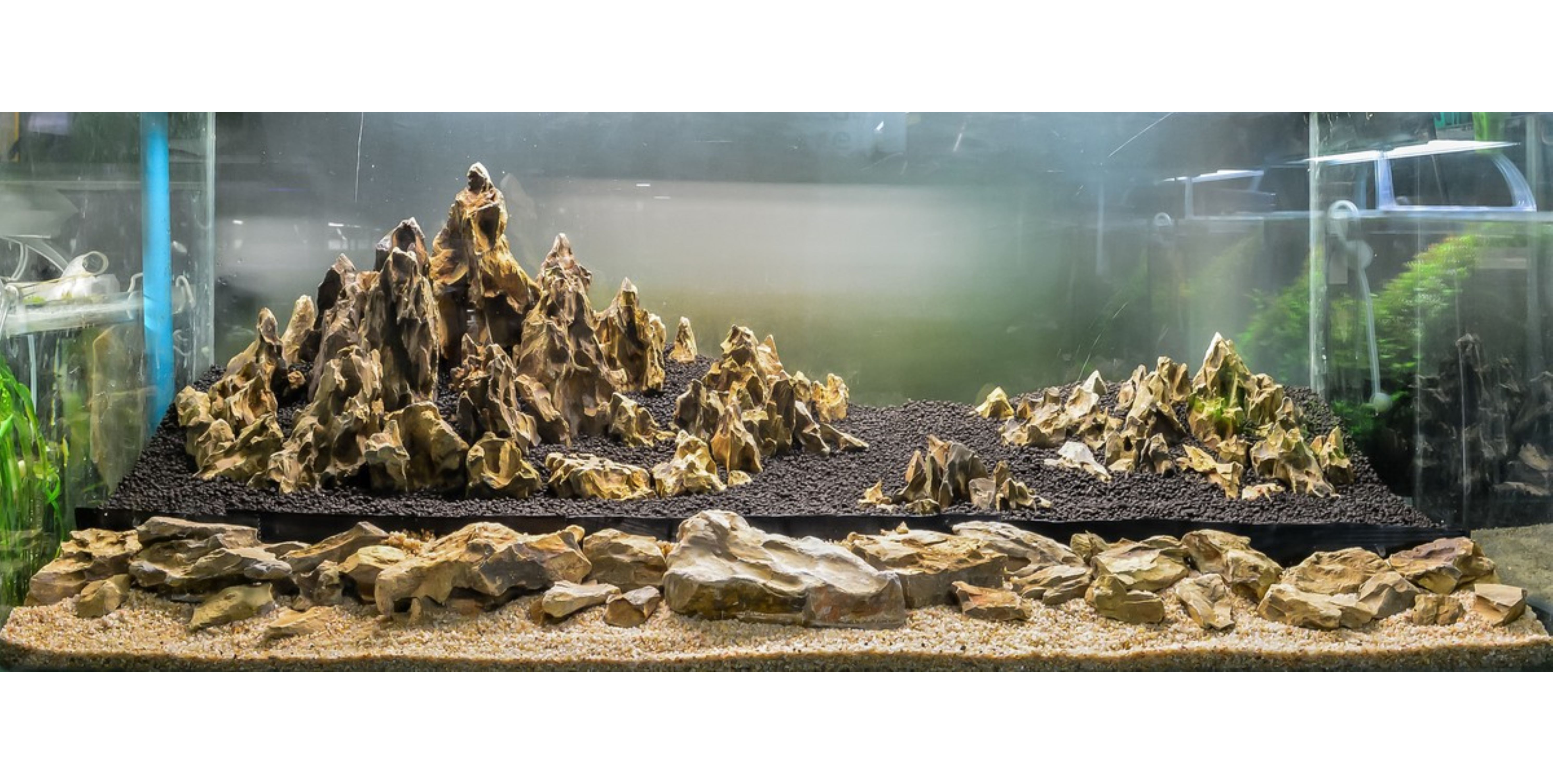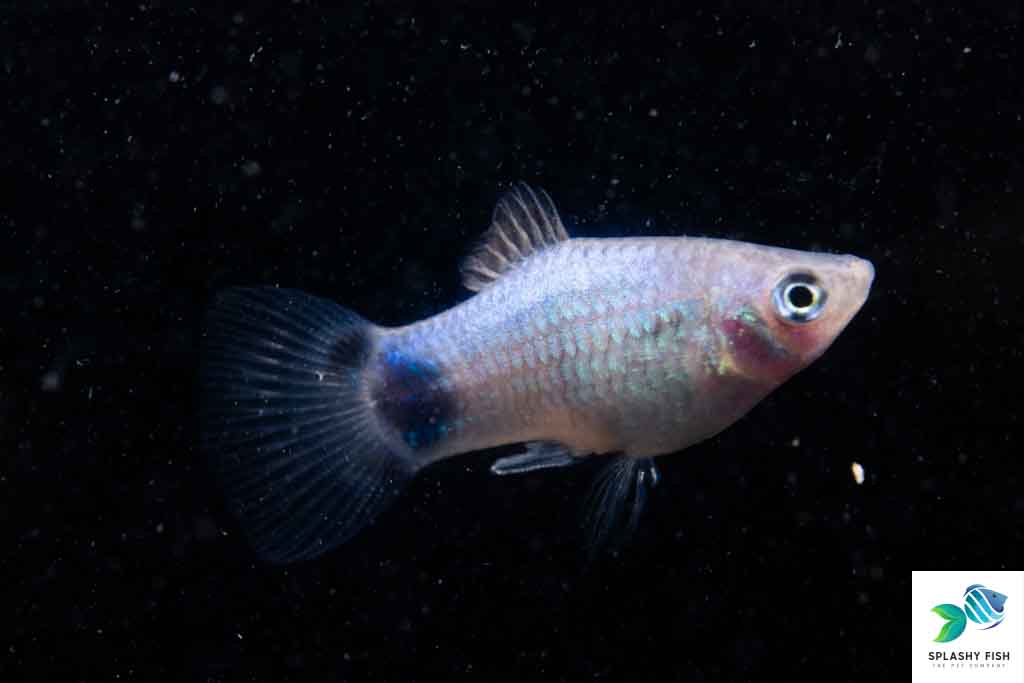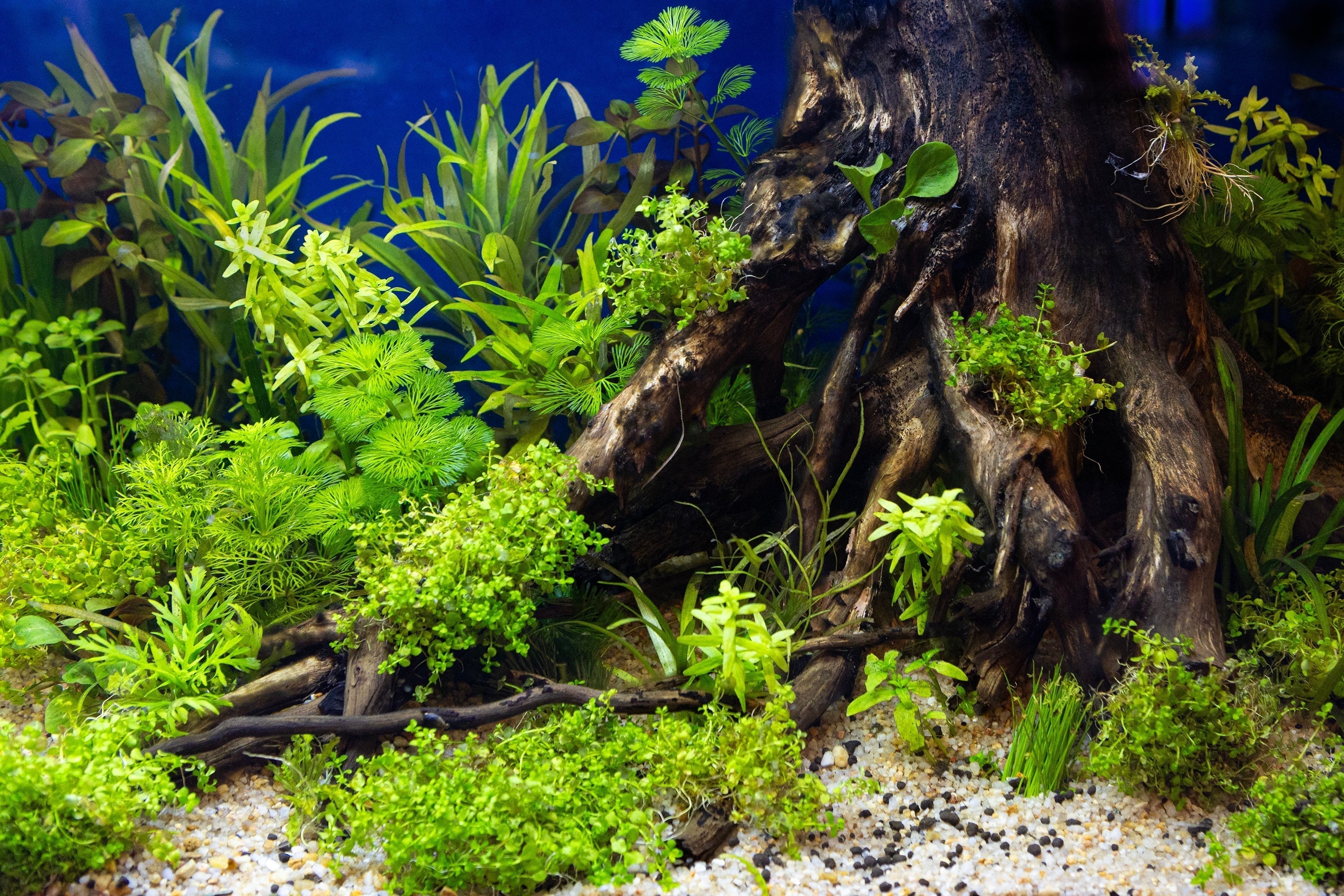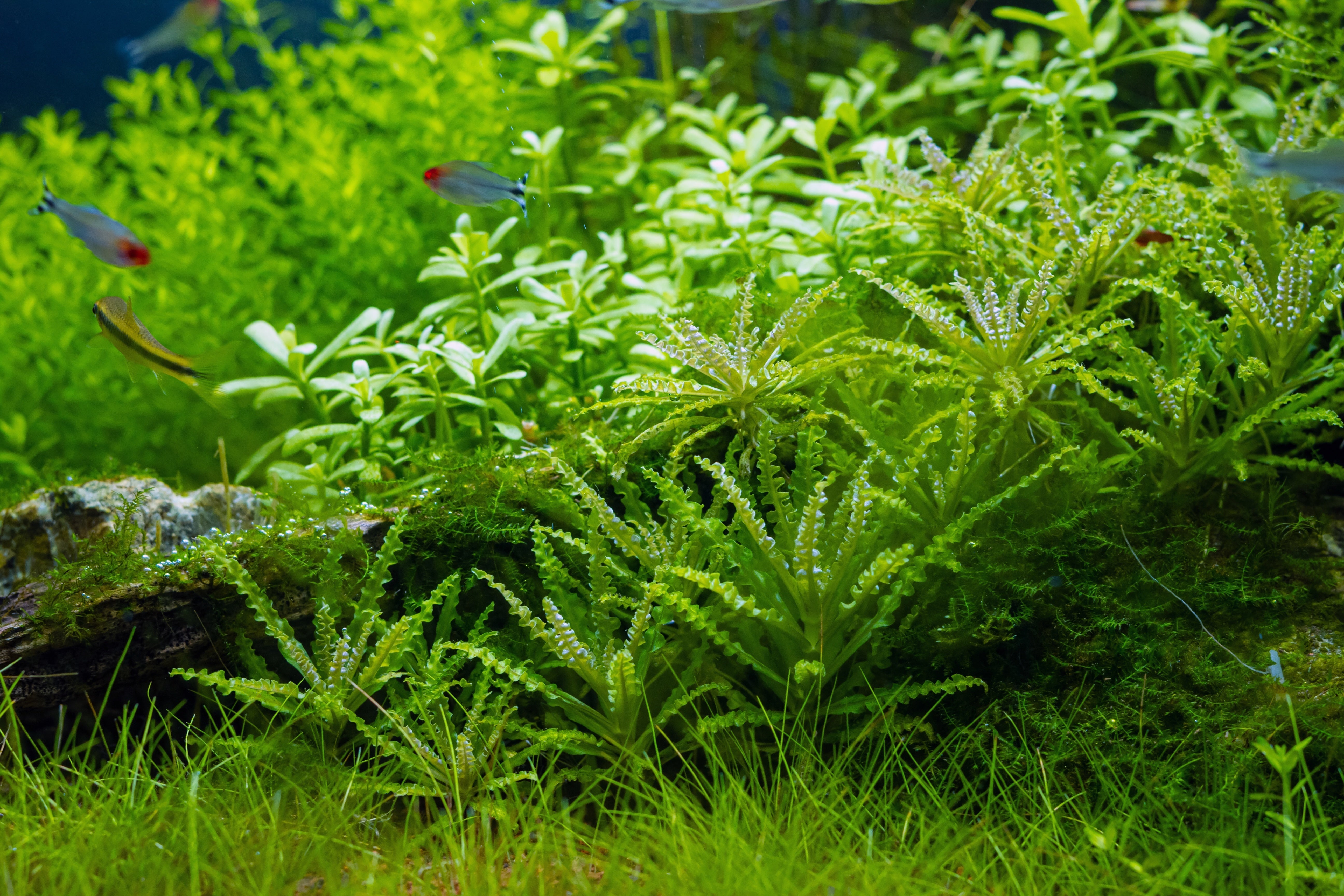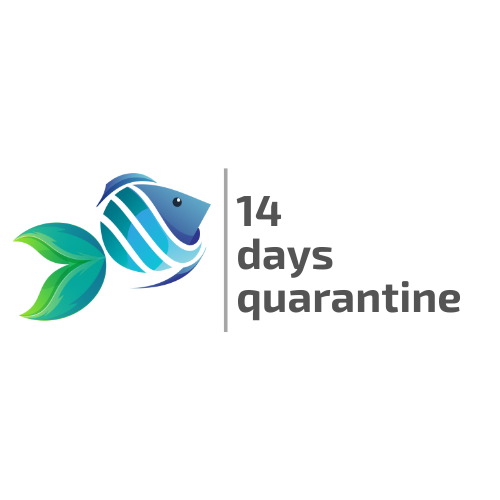Table of Contents
The fishkeeping community always goes crazy about them. There are plenty of Platy fish with different ranges of colors and in various iconic patterns. If you are new to the aquarium hobby, why don’t you start with Platy? They are colorful. They are peaceful. They are also easy to care for. With many upsides, one cannot find the reason why Platy is not ideal for their community aquariums.
Popular Types of Platy Fish
If one must trace their origin, they will find Platy fish commonly refers to three species:
- The Southern Platy (scientific name: Xiphophorus maculatus)
- The Variable Platy (scientific name: Xiphophorus variatus)
- The Swordtail Platy (scientific name: Xiphophorus xiphidium)
The two formers are quite alike, with small, pointed noses with large eyes, short fins on the body tapering down towards their fan-shaped tail. However, when it comes to Swordtail Platy, you can easily tell them apart thanks to the elongated lower lobe of their caudal fins. The three of them originated from Mexico, mostly found in canals, ditches, springs, and marshes where the water is slow-moving, warm with silt beds and dense vegetation.
In the wind, they don’t have bright coloration as you may see in the aquarium trade. Instead, they are quite dull, olive green with some dark marbling. Their variations in color and fin shapes are the result of many generations of selective breeding. Southern Platy and Variable Platy are those that are mostly chosen for interbreeding. Such a process happens so frequently that now it is hard to distinguish the differences between the species.
That said, it diversifies the Mickey Mouse Platy into a great number of species one can name if they count on the patterns, wagtail, variegated, twin bar, tuxedo, and Mickey Mouse. And, if Platy’s coloration is taken into consideration, we must say there are innumerable ones from red, orange, white, yellow/gold, blue, black, green, brown, to even rainbow.

Platy Fish Behavior
You cannot find elsewhere a wonderful freshwater fish like the Platy. They are active and spend most of their time splashing in small groups around the middle of the aquarium. Watching them like that may make you feel like a spectator of a fashion show, where your Platies perform their ‘catwalk’ with beautiful, colorful ‘costumes’.
Sometimes, Mickey Mouse fish can be too active to jump out of the water. This is why most aquariums that are used to keep them have lids. Although Platy likes swimming together, they are not schooling/ shoaling fish. Nevertheless, they are happier if you keep them in groups. It is good to go with three or six Platy fish at the beginning.
Create An Ideal Platy Fish Tank
Tank Size
Platies usually stay around 1-3 inch(es long, so a 10-gallon aquarium may be enough for a group of five. However, if you intend to keep more than that or place lots of decorative materials, you should consider the larger size. Further, when keeping a group of Platies fish, the ratio of males to females should also be considered. They love breeding so much that one has to say it's more difficult to stop them breeding than to cause it to happen. This leads to the fact that female Platy tend to get stressed if constantly pursued by the male Platy. Hence, it is ideal to keep at least two to three females for every one male to ensure their living standard.
Water Parameters
Platy is a hardy species. They thrive in the following water parameters:
- Temperature: 70-82°F
- Ammonia and Nitrite: 0 ppm
- Nitrate: <30 ppm
- GH: 10-28 dGH (167-467 ppm)
- KH: 3-5 dKH (54-90 ppm)
- pH: 6.8-8.5
- Water change: 25% changed every 2 weeks is recommended
Fact: For the temperature, it is said that Southern and Swordtail Platies prefer warmer to cooler, whereas the Variable Platy, on the other hand, enjoys the cooler range.
In the wild, Platy lives in hard water. It is good if you can imitate that condition. If your tap water is especially soft, adjust it by adding more minerals. Nonetheless, your fish are hardy species, so they can adapt to softer or harder water as long as you acclimate them properly.
Substrate
Platy does not have any special requirements when speaking of substrates. They almost settle in the middle of the water volume, so they are pleased with whatever substrate you put in the aquarium. Thus, gravel, soft sand, or even bare bottom are acceptable to them. The same rule applies to other decorative materials such as caves, rockwork, or driftwood. They don’t need such things. However, it is subject to you and your aquascaping style.
Fact: Setting up and maintaining optimal conditions will allow your Platies to live longer, which may be up to five years.
What Do Platy Fish Eat?
It is not an exaggeration to say Platies are easy-to-care-for fish. First, they don’t have specific requirements for living conditions. And now, they are undemanding of their diet. High-quality fish food, such as flakes, pellets, and frozen foods, is acceptable to them. Platies are omnivores and often graze on algae and plant materials. Besides meaty foods, make sure you feed them sufficient plant matter like spirulina, kelp, or algae meal so they can take in all the necessary vitamins and nutrients they need.
Feed the adults once a day, while two to three small meals are needed for the growing juveniles. Just give them an amount that they can digest within 2-3 minutes, or else it will be overfeeding.
Tank Mates for Platy Fish
Since your Platies are ‘amiable’, they can easily make friends with many other freshwater fish and species. There are some recommendations for Platy Fish tank mates:
However, they also have some guys that cannot get along well, such as Guppies, Swordtails, Barbs, Cichlids, and other large-sized fish with aggressive/ bullying tendencies.
Live Aquatic Plants for Platy Fish Tank
Most Platies fish enjoy live aquarium plants with warm water in the range of 70-82°F. They can coordinate well with Hornwort, Java moss, and Duckweed as long as you leave them enough open space for swimming.
Fact: Variable Platy prefers to be surrounded by dense plants, while Southern Platy prefers a loose arrangement. However, no matter what arrangement they require, you should prioritize the open space for their swimming.
Platy Fish Breeding
Technically speaking, breeding is an intermediary to a difficult process, especially for beginners. However, this does not apply to Platy. It would be way more of a challenge not to breed them. Platies are livebearers, which means they give birth to live young. In the right conditions, the females give birth to 20-50 babies at a time. You almost don’t need any encouragement for this to happen. When the season comes, and with the proper ratio of males to females, your Platies will start to breed soon.
There is only one thing you need to cope with is that Platies show no sign of parental care towards their young. Some fishkeepers reported they may even eat their babies. Hence, to protect the fry, you should provide them with enough hiding places by putting lots of decorations, rocks, wood, or live plants. Further, make sure to cover the filter's intake tube with an appropriately sized pre-filter sponge so that young Platies don’t accidentally get sucked up.
Platy Fish Diseases
We will give you another upside when keeping Platies is that they are not easily susceptible to any specialty diseases. That said, they are not totally immune to usual freshwater diseases such as ICH (parasitic infection diagnosed by white spots on their body) and fin rot (mainly caused by bacteria or fungal infections). These diseases are not dangerous if you treat your ill fish immediately with proper medications. Moreover, you can avoid this happening at the beginning by regularly monitoring the conditions and performing water changes.
Conclusion
Platy fish are among the most colorful, peaceful, and beginner-friendly freshwater fish any aquarist can keep. With their wide range of varieties, vibrant colors, and playful nature, they bring life and beauty to any aquarium. Their hardy temperament allows them to adapt to different water conditions, making them perfect for community tanks. By providing clean water, a balanced diet, and suitable tank mates, your Platy fish can thrive for years and even reproduce easily.
Visit Splash Fish tropical fish store to buy Platy fish for sale and other freshwater fish for sale that are grown and packed with love and care. You can buy them online with Live Arrival Guarantee or in person at our aquarium store in Virginia for more freshwater shrimp for sale, aquatic plants for sale, and aquarium supplies.
Platy Fish Care Frequently Asked Questions (FAQs)
What is the Platy fish lifespan?
Platy fish generally live for 3 to 5 years in a well-maintained aquarium. Their lifespan depends on water quality, temperature stability, and diet. Regular water changes, balanced feeding, and avoiding overcrowding are key factors in helping Platies reach their full lifespan potential. With proper care, some Platies have been known to live even longer than 5 years.
How to tell if Platy fish is pregnant?
A pregnant Platy fish usually shows a rounded, swollen belly that gradually becomes larger over time. You’ll also notice a dark gravid spot near her anal fin. This is where developing fry can sometimes be seen as tiny black dots before birth. Other signs include the Platy female becoming less active, hiding more often, or showing increased appetite. Platy fish pregnancy typically lasts about 4 to 6 weeks, after which the female gives birth to live fry.
Do Platy fish need filter and oxygen?
Yes, Platy fish need both filtration and oxygenation to stay healthy. A good aquarium filter removes waste and toxins while providing essential water movement that promotes oxygen exchange. Adding an air stone or maintaining light surface agitation helps increase oxygen levels, especially in warmer tanks where oxygen naturally decreases. Clean, oxygen-rich water is crucial for Platy fish to remain active, vibrant, and disease-free.


